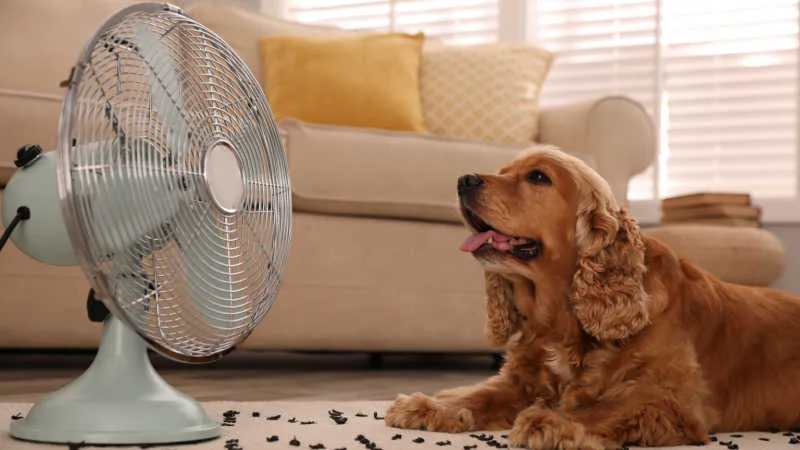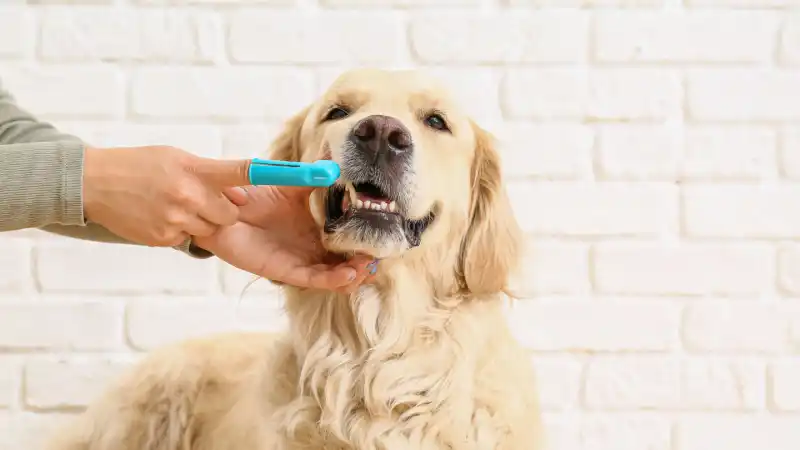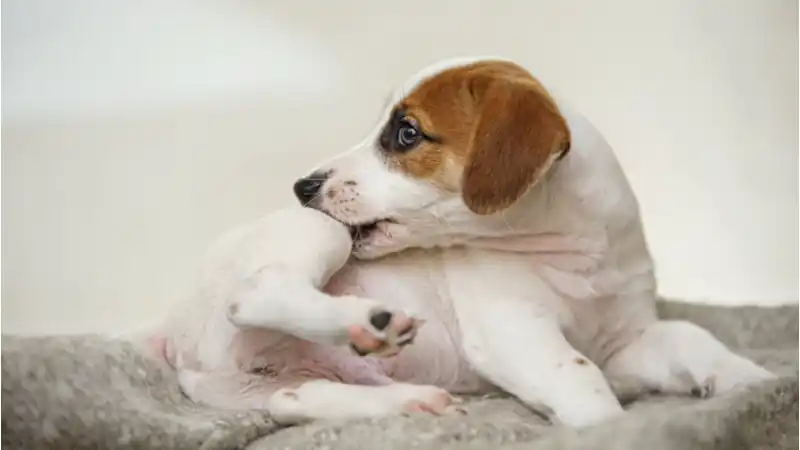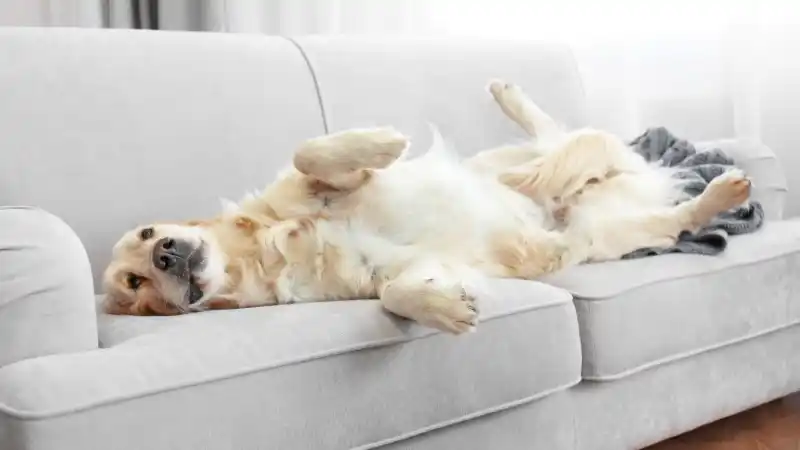How to Keep Pets Safe While Painting
Looking to paint your home, but worried about your pets? Here are the steps you need to take to paint safely around pets, as well as the symptoms of paint poisoning.

Are you ready to spruce up your home’s style with a new coat of paint? Before you pick up that brush, take some precautions to keep your pets safe during the process.
It’s more than just making sure they don’t lean on the wet paint and cover your walls with fur; there are actual physical risks to exposing pets to paint. So, when you’re prepping your home to paint, don’t forget to keep your pet’s safety in mind.
What Are the Dangers of Painting Around Pets?
Many pets are sensitive to changes around them, and painting a room is a lot of change that they don’t understand. They may become stressed or nervous by all the new happenings in the house, especially if you hire painters, which introduces yet another new element: strangers. Knowing your pet and their anxiety levels should be an important part of your pre-painting prep.
With all of the plastic, ladders, and supplies around, your curious pet may wander in, get underfoot, and cause an accident that injures you or them. Painting requires a lot of tools that are small and strange to your pet, so the temptation to chew or eat your paint supplies may be too great for some animals.
Also, paints are filled with “volatile organic compounds” (VOCs). VOCs are the chemicals that create the paint and give off the fumes you smell while paint is wet. These fumes can cause problems for humans, but they are even riskier for animals because of their size. Since your pet is smaller, it takes a lower concentration of these fumes to make them ill. If your pet breathes in too many fumes, they may end up suffering from “paint poisoning.”
What Are the Symptoms of Paint Poisoning?
The symptoms of paint poisoning are not always immediately noticeable, but if you see your pet having trouble breathing, vomiting, losing hair, or wobbling like they’re dizzy, remove them from the room and contact your vet.
What Steps Should I Take to Keep My Pets Safe While I Paint?
Fortunately, keeping your pets safe while you paint is similar to how you keep yourself safe: ensure air circulation throughout the room. Open windows or doors, turn on fans, and limit exposure to fumes as much as possible.
For pets, that means keeping them out of the room you’re painting until it dries. That can be tricky since you need to keep the door open so the fumes don’t overwhelm the painter. Make it easy on yourself by relocating the pet to another room, keeping them outside, or letting them spend the day with a pet sitter or at doggy day care.
Before you select your paint of choice, research the ingredients to find something that is safe for pets. Very few paint brands market that their paints are pet safe, so you’ll probably need to do a little digging. You’re looking for paints that are non-toxic and low VOC or VOC-free. Look for paints that are water-based and aren’t made with ingredients like ammonia, acetone, or polyurethane. Quick-drying paints also make great pet-safe options, because they reduce the amount of fumes being released because of the shorter drying time.
Once dry, paint is safe to be around, so feel free to paint every space in your home. But be sure to take simple precautions to reduce exposure and potential health issues from paint fumes.
Take some of the stress out of pet ownership with Accident & Illness Coverage from AKC Pet Insurance (underwritten by Independence American Insurance Company). Our pet insurance plans are designed to be there when you need them, allowing you to focus more on the health of your pet and less on costly veterinary bills. Click here for a quote today!
CJ has always wanted to be a writer. She even threatened to drop out after her first day of kindergarten when they weren’t immediately going to teach her to read and write. Fortunately, she stayed in school, earned her degree in Creative Writing from Christopher Newport University, and now gets to live her best life with her husband, 3 Japanese Chins, and cat writing for AKC Pet Insurance.
READ MORE ARTICLES

